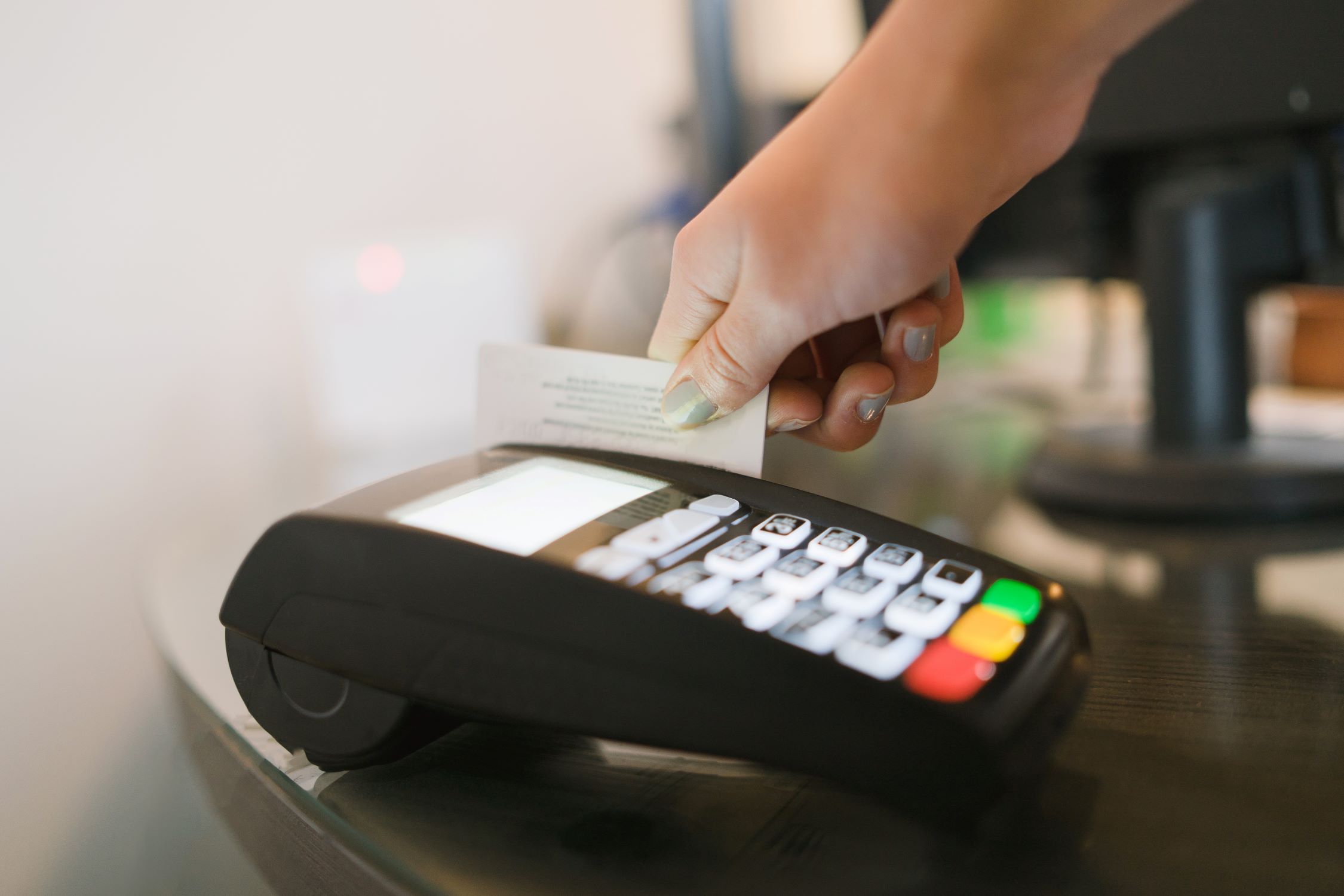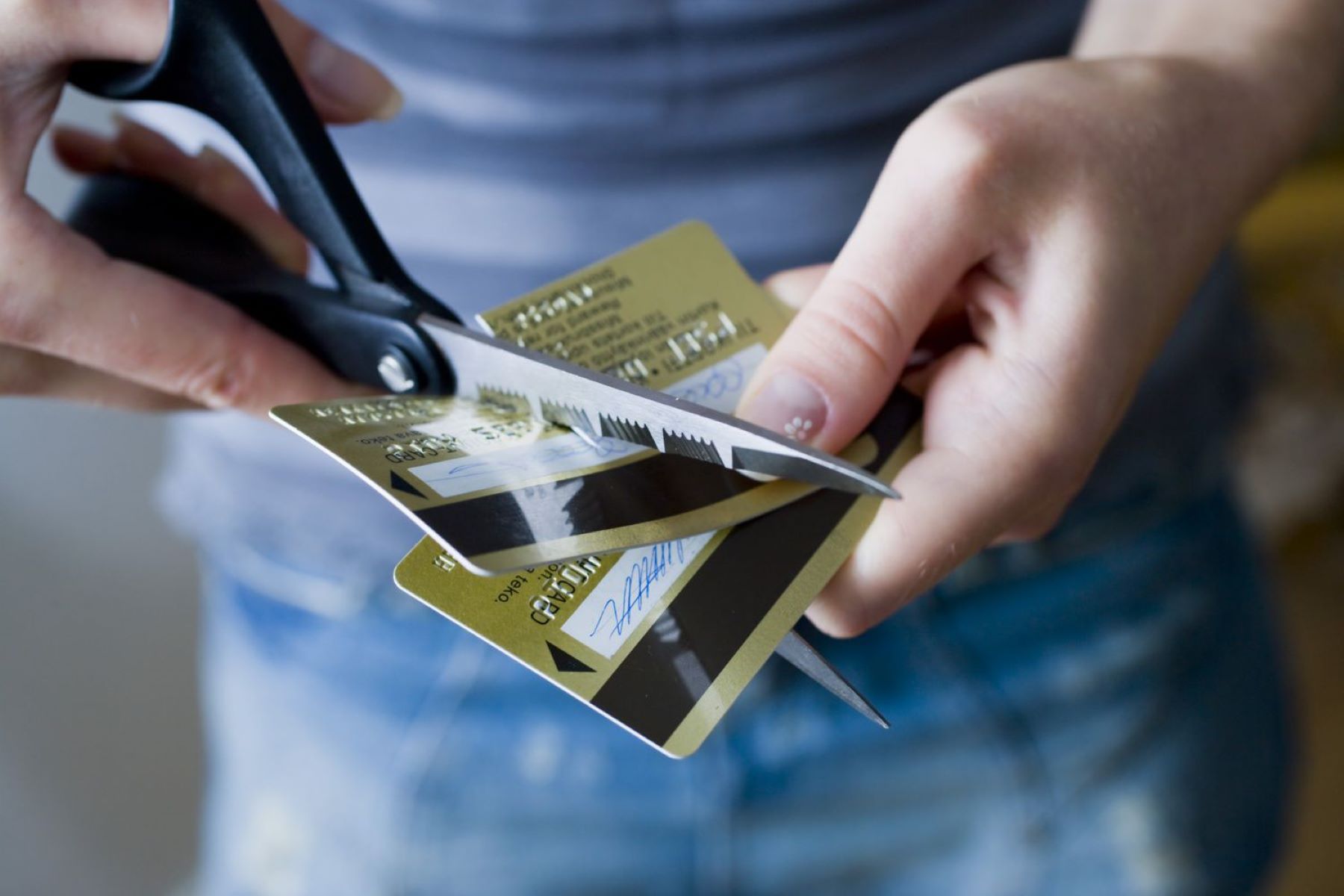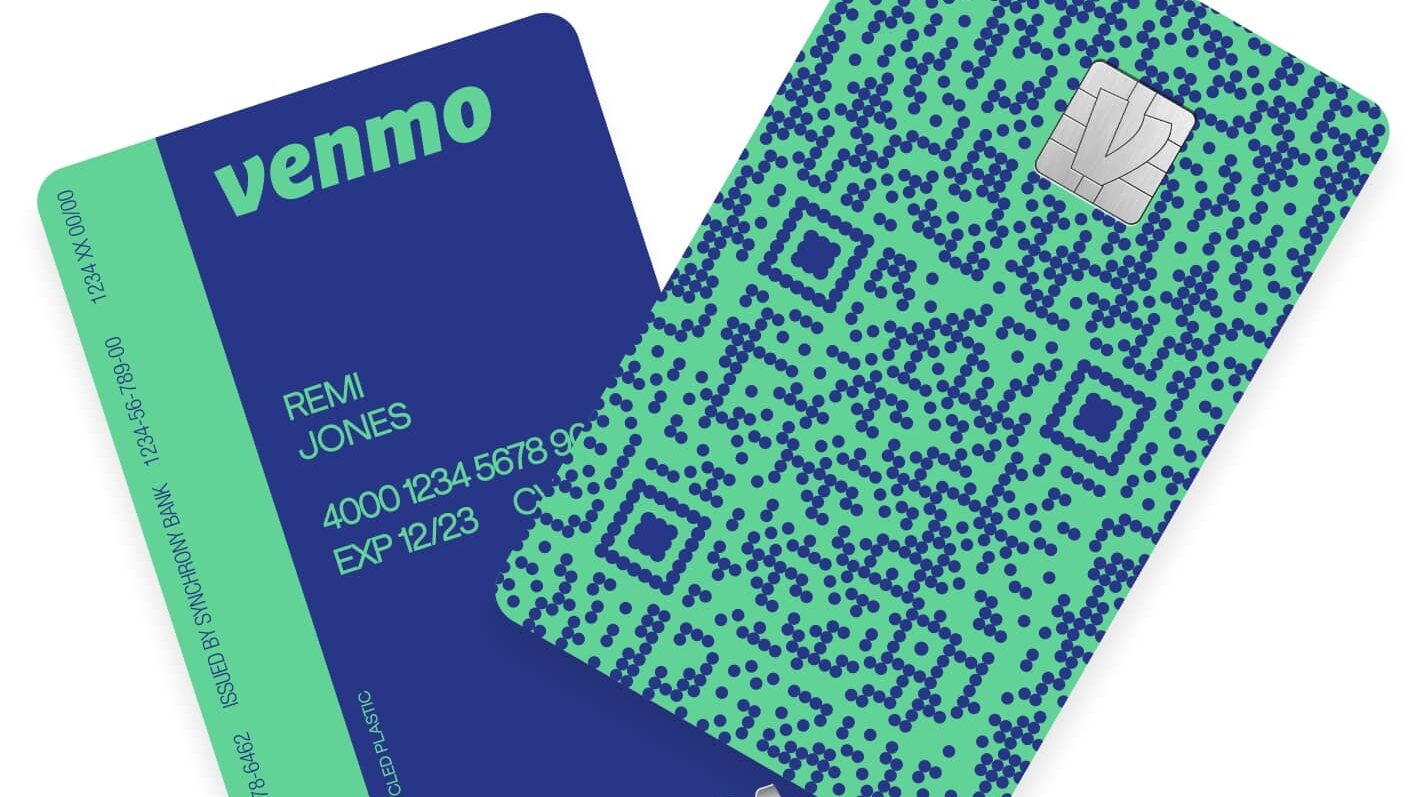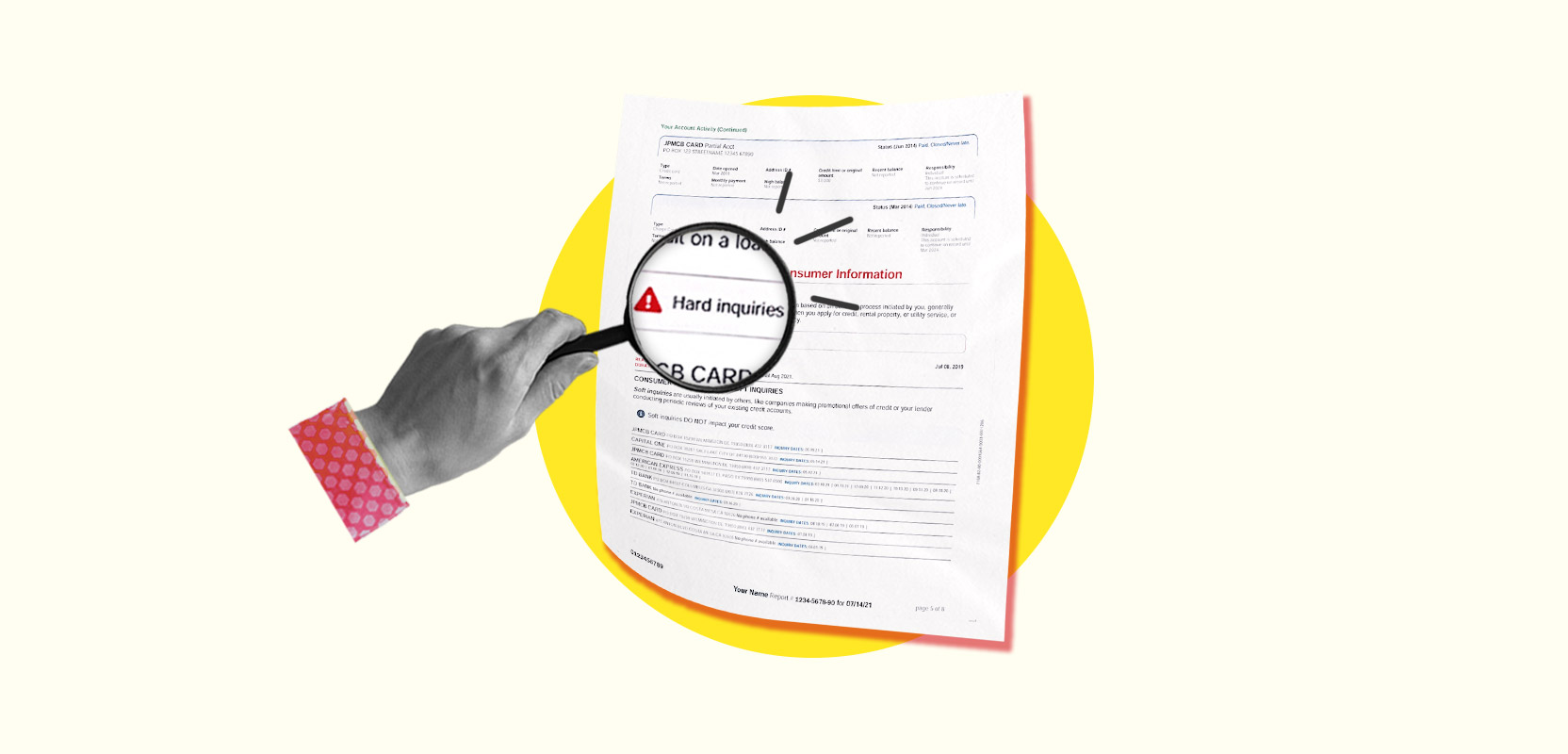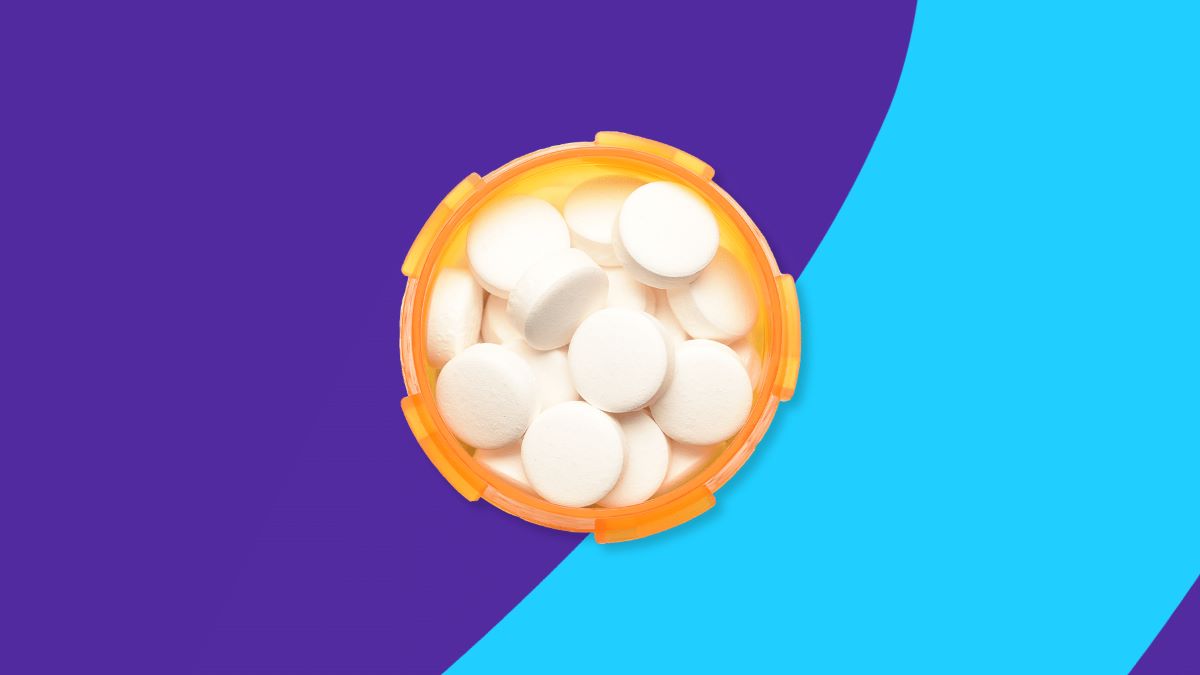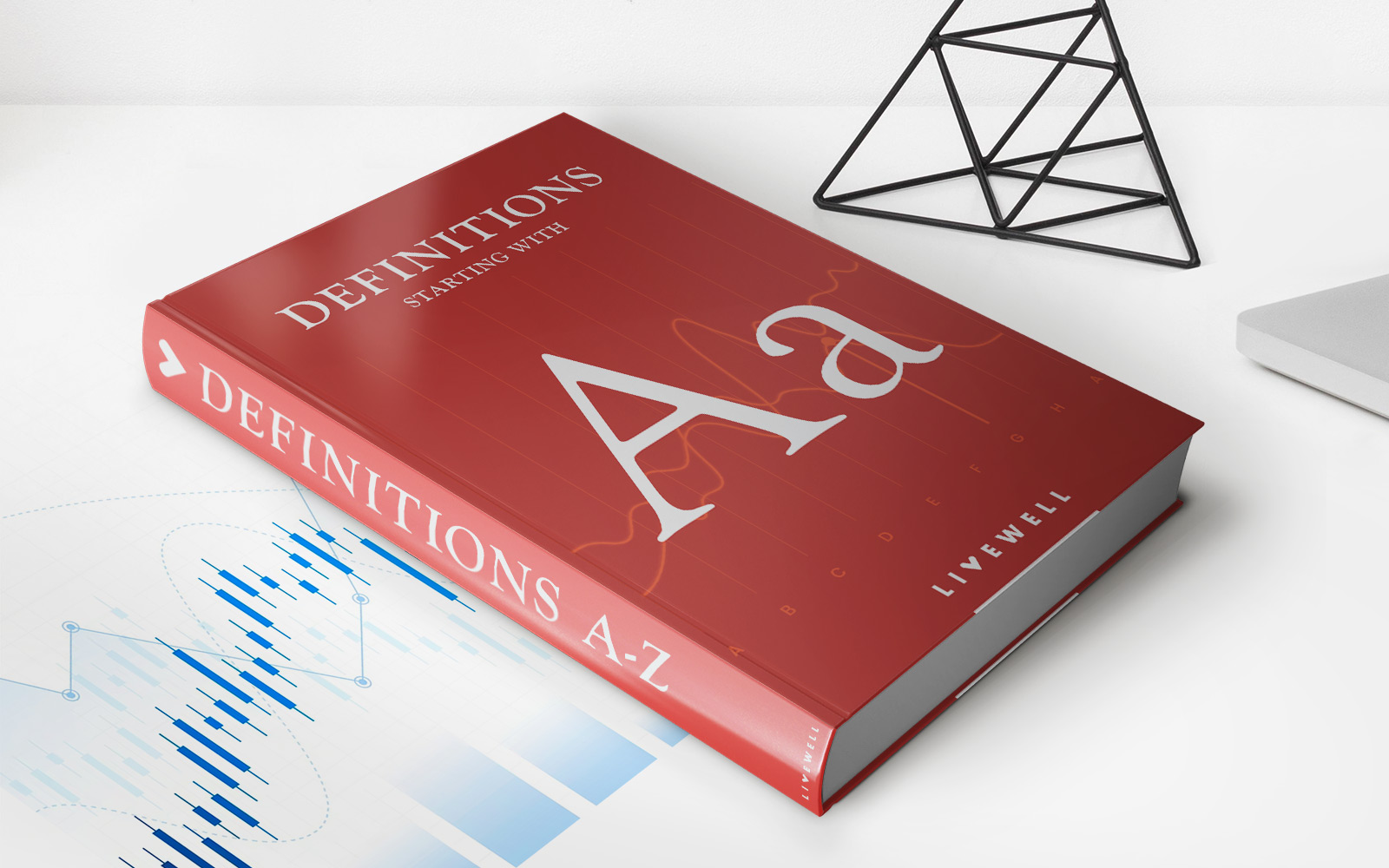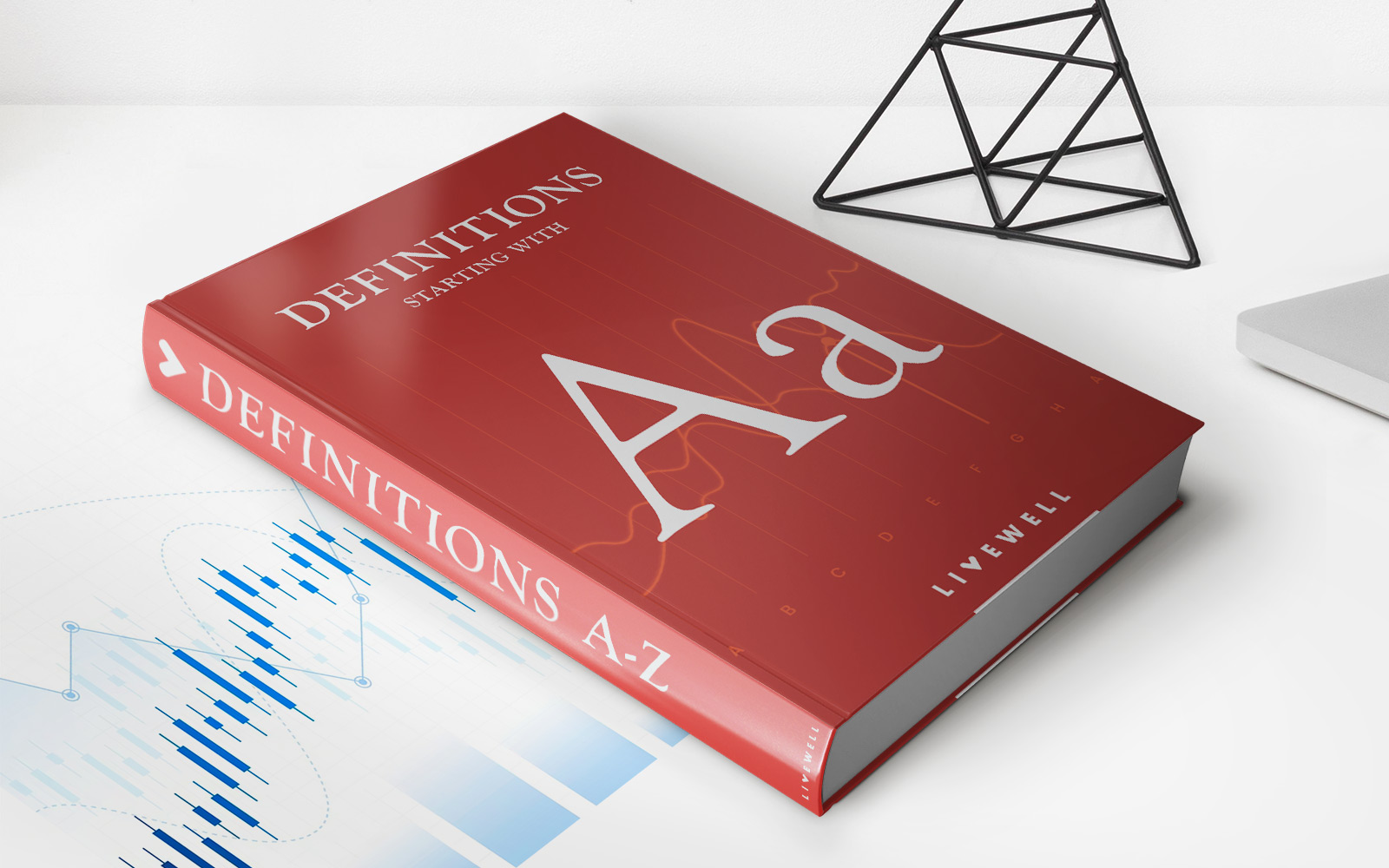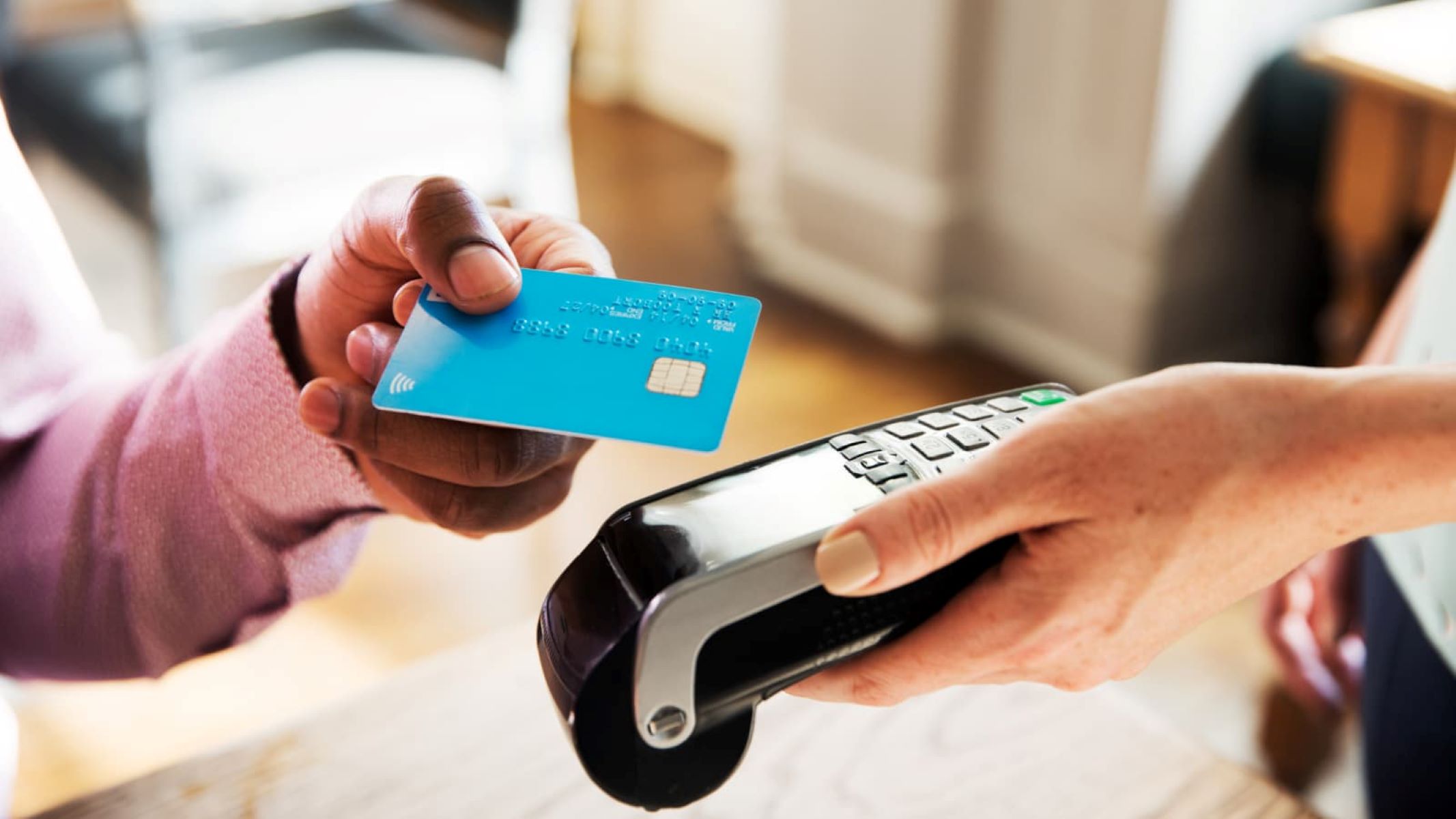

Finance
Which Way Do You Insert A Credit Card
Published: October 25, 2023
Find out the correct way to insert a credit card for smooth financial transactions. Discover the proper technique to ensure hassle-free payment processing.
(Many of the links in this article redirect to a specific reviewed product. Your purchase of these products through affiliate links helps to generate commission for LiveWell, at no extra cost. Learn more)
Table of Contents
Introduction
Have you ever found yourself standing at the checkout counter, unsure of the correct way to insert your credit card? It may seem like a small detail, but understanding the proper orientation for credit card insertion can save you time and prevent frustration. In this article, we will explore the different methods of credit card insertion and guide you on the correct way to insert your card.
Credit cards have become an integral part of our daily lives, providing us with convenience and financial flexibility. Whether we are making purchases online, at a retail store, or even at an ATM, knowing the right way to insert a credit card is essential to ensure a smooth transaction.
Many people assume that there is only one correct way to insert a credit card, but the reality is that different machines and devices may require different orientations. Understanding these variations can help you navigate through different payment systems with ease.
In the following sections, we will discuss the common methods of credit card insertion, the correct way to insert a credit card, and share some tips for troubleshooting any issues you may encounter during the process. So, let’s dive in and demystify the world of credit card insertion!
Understanding Credit Card Orientation
Before diving into the various methods of credit card insertion, let’s first understand the concept of credit card orientation. Credit cards generally have a standard orientation with specific features that determine their correct placement in card readers or terminals.
Most credit cards have a magnetic stripe on the back, which contains important account information. This stripe needs to be properly aligned with the card reader so that the necessary data can be read. In most cases, the magnetic stripe is located on the back of the card, towards the bottom.
In addition to the magnetic stripe, credit cards also have a front side that typically includes the cardholder’s name, card number, expiration date, and sometimes a chip for enhanced security. The cardholder’s name and card number are usually embossed or printed on the front, while the chip is a small metallic square embedded in the card.
Now that we understand the basic features of a credit card, let’s explore some of the common methods of credit card insertion.
1. Swipe Method: One of the most traditional methods of credit card insertion is the swipe method. This involves swiping the magnetic stripe of the card through a card reader slot. The card is usually swiped in a downward motion, with the magnetic stripe facing the slot.
2. Chip Method: With the rise of chip-enabled cards, the chip method has become increasingly popular. To use this method, insert the credit card into the card reader terminal, making sure to align the chip with the designated slot. The chip should be facing up, towards the top of the terminal.
3. Tap/Wave Method: Some credit cards are equipped with contactless payment technology, allowing users to make payments by simply tapping or waving their card near a contactless-enabled terminal. In this case, the orientation is less important, as long as the contactless symbol on the card aligns with the terminal.
It’s important to note that different card readers and payment terminals may have unique orientations for credit card insertion. The best practice is to carefully observe any instructions or guides provided on the device or follow the cues given by the cashier or automated system.
Now that we have a clear understanding of credit card orientation, let’s move on to the correct way to insert a credit card in various scenarios.
Common Methods of Credit Card Insertion
When it comes to credit card insertion, there are several common methods depending on the type of payment terminal or device you are using. Understanding these methods will help ensure a seamless transaction experience. Let’s explore the most common methods of credit card insertion:
- Swiping: Swiping is a method that involves sliding the credit card’s magnetic stripe through a slot on the payment terminal. This method is commonly used in older card readers and is gradually being phased out with the rise of chip-enabled cards.
- Chip Insertion: Chip insertion has become the norm for most credit card transactions. Instead of swiping, you insert the credit card into the payment terminal, making sure the chip is facing up. The terminal will read the embedded chip to authenticate the transaction, providing enhanced security compared to magnetic stripe transactions.
- Contactless Payment: With advancements in technology, contactless payment has gained popularity. This method allows you to make payments by simply tapping or waving your credit card near a contactless-enabled terminal. This is a convenient and quick way to complete transactions for small purchases without the need for physical insertion.
- Online Payments: Online payments involve manually entering your credit card information, including the card number, expiration date, and CVV code, into an e-commerce website or payment gateway. This method is commonly used for online shopping and requires careful input to ensure accurate information entry.
- Mobile Payments: Mobile payment services, such as Apple Pay and Google Pay, have gained popularity in recent years. These services allow you to link your credit card to your smartphone or smartwatch and make payments by holding your device near a contactless-enabled terminal. Mobile payments offer convenience and security, as your card details are stored securely within your device.
It is essential to familiarize yourself with the specific method of credit card insertion that applies to the payment terminal or device you are using. Following the recommended method will help ensure a successful and hassle-free transaction.
Now that we have covered the common methods of credit card insertion, let’s move on to discussing the correct way to insert a credit card to ensure a smooth transaction process.
The Correct Way to Insert a Credit Card
Inserting a credit card may seem like a simple task, but doing it correctly is crucial for a successful transaction. The specific method of credit card insertion will depend on the payment terminal or device you are using. Let’s explore the correct way to insert a credit card in different scenarios:
- Swiping: If you come across a payment terminal with a swiping slot, follow these steps:
– Hold your credit card with the magnetic stripe facing you.
– Align the bottom edge of the card (where the magnetic stripe is located) with the bottom edge of the slot on the payment terminal.
– Gently slide the card through the slot in a downward motion, keeping it aligned with the slot at all times. - Chip Insertion: For chip-enabled payment terminals, follow these steps:
– Hold your credit card with the chip facing up.
– Locate the designated slot on the payment terminal and insert the card into the slot.
– Make sure to insert the card fully into the slot until it stops. The chip should be inside the terminal, with just the edge of the card visible. - Contactless Payment: When making a contactless payment, the method of insertion is different:
– Hold your contactless-enabled credit card near the contactless symbol or NFC reader on the payment terminal.
– Keep the card steady and wait for a confirmation sound or display indicating that the payment was successful. There is no need to physically insert the card into a slot. - Online Payments: For online payments, enter your credit card information accurately in the appropriate fields on the checkout page. Double-check the card number, expiration date, CVV code, and any other requested details before proceeding.
- Mobile Payments: With mobile payment services, such as Apple Pay or Google Pay, follow these steps:
– Open the respective mobile payment app on your device.
– Add your credit card to the app if you haven’t already done so.
– Hold your device near the contactless symbol or NFC reader on the payment terminal.
– Wait for the confirmation sound or display on your device to indicate a successful payment.
Remember, it’s important to follow the specific instructions provided by the payment terminal or the guidance of the cashier if you are unsure about the correct way to insert your credit card.
By understanding and following the correct method of credit card insertion, you can ensure a smooth transaction process and minimize the chances of any issues or errors occurring.
Now that we know the correct way to insert a credit card, let’s move on to some helpful tips for troubleshooting any credit card insertion issues you may face.
Tips for Troubleshooting Credit Card Insertion Issues
While credit card insertion is typically a straightforward process, there may be occasions when you encounter issues or difficulties. Here are some helpful tips for troubleshooting common credit card insertion problems:
- Check the Orientation: Ensure that you are inserting the credit card in the correct orientation based on the method required by the payment terminal or device. Pay attention to any guidance or instructions provided.
- Clean the Card and Terminal: Dirt, dust, or debris on either the credit card or the payment terminal can interfere with the card reading process. Take a moment to clean the chip or magnetic stripe on your card and wipe any visible dirt or smudges from the terminal using a soft cloth or tissue.
- Inspect the Chip or Magnetic Stripe: Check for any signs of damage or wear on the chip or magnetic stripe of your credit card. If you notice any scratches, chips, or peeling, it may hinder proper card reading. In such cases, consider requesting a replacement card from your card issuer.
- Retry Insertion: Sometimes, a slight misalignment during the initial insertion attempt can cause an error. Remove the card from the terminal, inspect it for any issues, and try inserting it again, ensuring a smooth and straight insertion.
- Try Different Angles: If the card is not being recognized by the terminal, you can try inserting it at a slightly different angle. Gently tilt the card or adjust its position while inserting, making sure to maintain contact with the terminal throughout the process.
- Seek Assistance: If you have tried multiple times and are still experiencing difficulties, don’t hesitate to seek assistance from the cashier or customer service representative. They may be able to provide additional guidance or troubleshoot the issue for you.
- Consider Alternate Payment Methods: If all else fails or if the payment terminal is consistently unable to read your credit card, you might want to consider using an alternative payment method, such as cash or another card, to complete your transaction.
By following these troubleshooting tips, you can overcome common credit card insertion issues and ensure a smooth payment experience. Remember, if you encounter persistent problems or suspect any issues with your credit card, it’s advisable to contact your card issuer to resolve any underlying issues.
Now that we have explored troubleshooting tips, let’s wrap up our discussion on credit card insertion.
Conclusion
Mastering the correct way to insert a credit card is essential for smooth and hassle-free transactions. By understanding the various methods of credit card insertion and following the correct procedures, you can ensure that your card is properly read and validated by payment terminals and devices.
We explored the different orientations of credit cards, including the location of the magnetic stripe and the positioning of chips or contactless symbols. Depending on the payment terminal or device you encounter, you may need to swipe, insert the chip, tap, or enter card details online to complete your transaction.
To insert your credit card correctly, you should follow the specific instructions provided by the payment terminal or device. Whether it’s swiping, inserting the chip, or using contactless payment options, proper orientation and alignment are crucial.
If you encounter any difficulties or issues during credit card insertion, remember to check the orientation, clean the card and terminal, inspect the chip or magnetic stripe, try different angles, and seek assistance when needed. It’s important to troubleshoot the problem rather than force the card, which could potentially damage both the card and the payment terminal.
By familiarizing yourself with the correct methods of credit card insertion and troubleshooting techniques, you can confidently navigate the payment process and enjoy seamless transactions without unnecessary delays or errors.
Remember to always prioritize the security of your credit card information and follow best practices when using your card for payments. Regularly monitor your credit card statements for any unauthorized transactions and report any suspicious activity to your card issuer immediately.
Now that you are equipped with the knowledge of credit card insertion, go forth and make your transactions with confidence!
